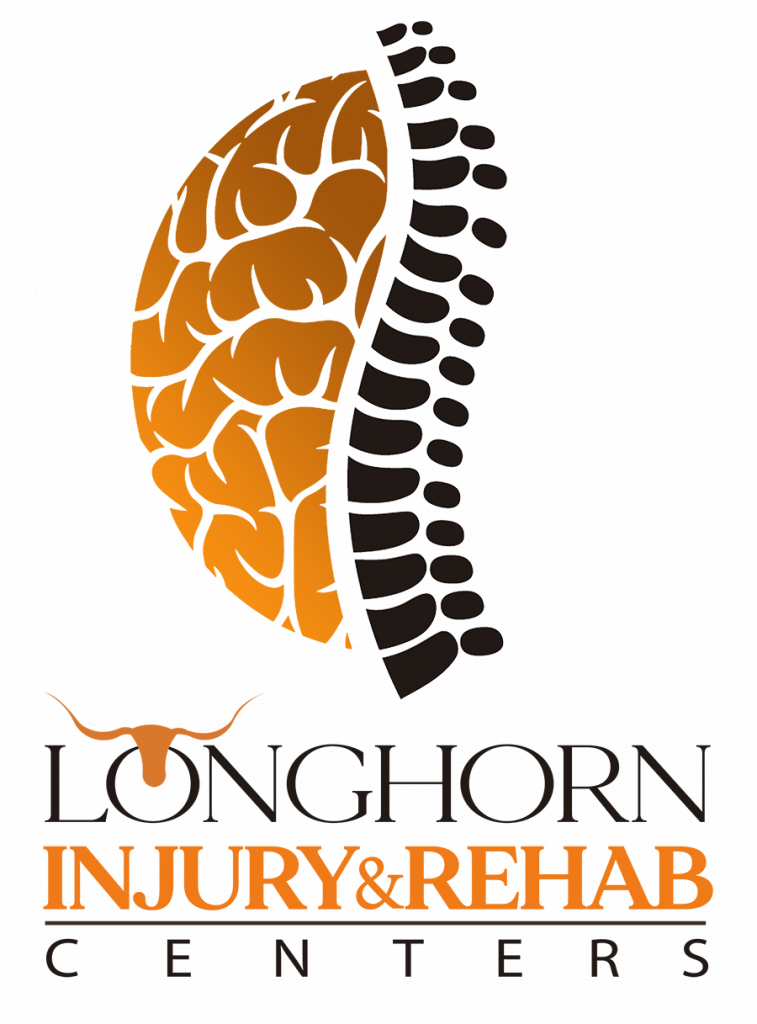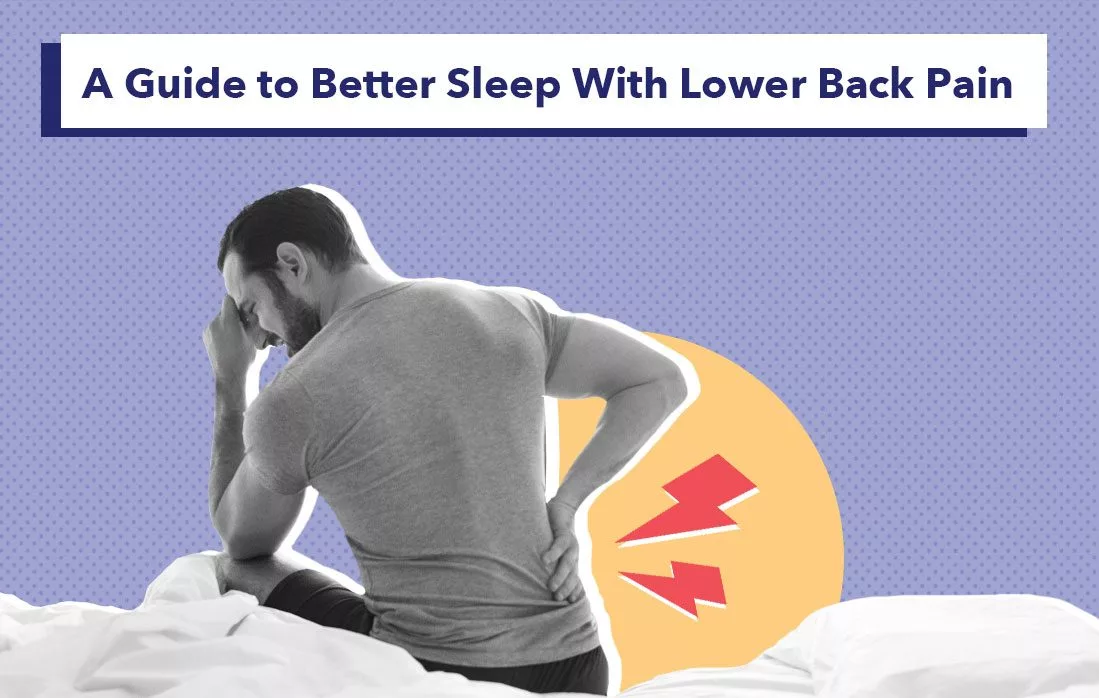Finding Comfort in the Night: Sleeping Strategies for Lower Back Pain
Back Pain Chiropractor | New Patient Special | $59 Chiropractic Adjustment
Sleep is a vital aspect of our daily routine, contributing significantly to our overall health and well-being. Unfortunately, many individuals struggle with lower back pain, which can disrupt their sleep patterns and lead to discomfort. In this blog post, we will explore the various causes of lower back pain, understand how it affects sleep, and provide practical tips and strategies on how to sleep with lower back pain.
What is Lower Back Pain?
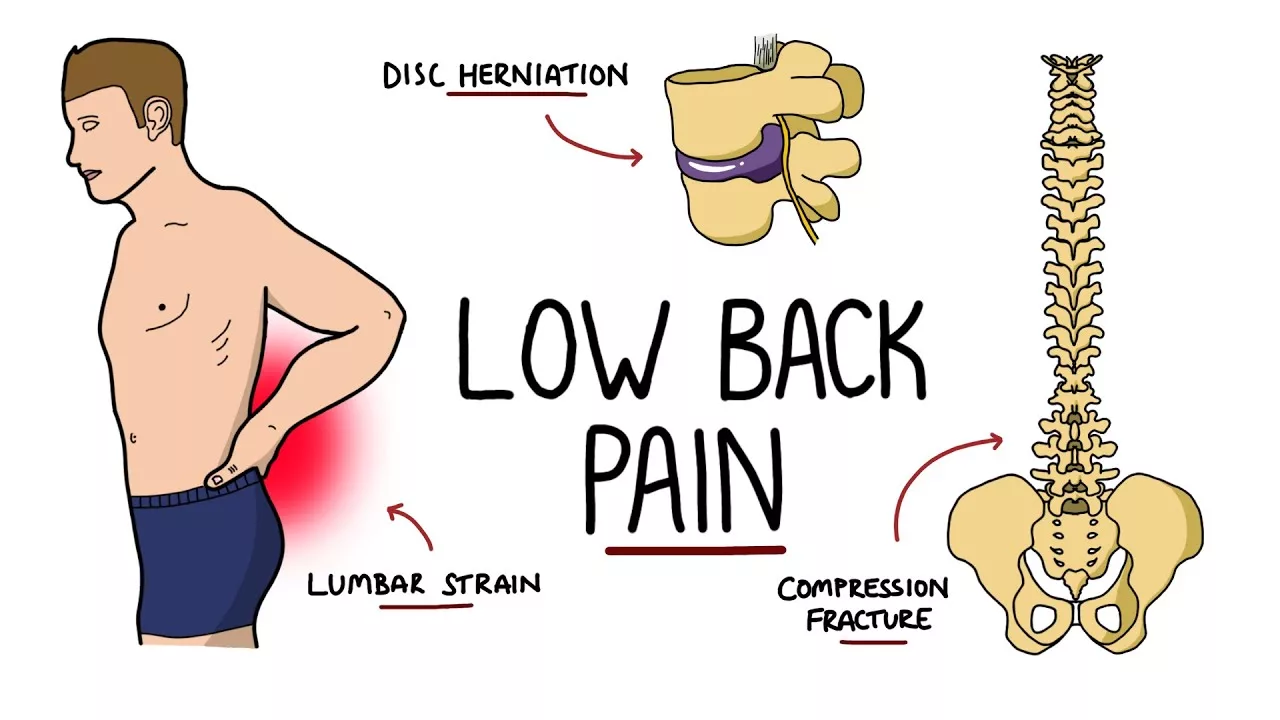
Lower back pain, also known as lumbar pain, is a common musculoskeletal complaint that affects millions of people worldwide. It can range from a dull, persistent ache to sharp, debilitating pain. Lower back pain may reflect nerve or muscle irritation or bone lesions. Most low back pain follows injury or trauma to the back, but pain may also be caused by degenerative conditions such as arthritis or disc disease, osteoporosis or other bone diseases, viral infections, irritation to joints and discs, or congenital abnormalities in the spine. In other words, obesity, smoking, weight gain during pregnancy, stress, poor physical condition, posture inappropriate for the activity being performed, and poor sleeping position also may contribute to low back pain.
Who is Most Likely to Develop Lower Back Pain?
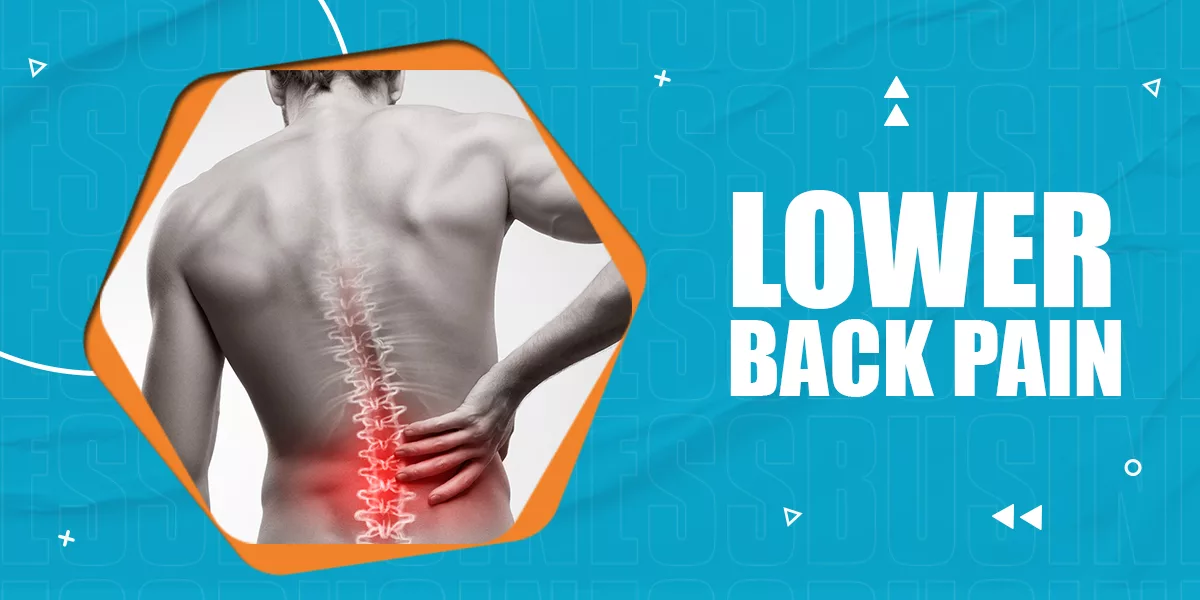
Nearly everyone has lower back pain sometime. It occurs most often between ages 30 and 50, due in part to the aging process but also as a result of sedentary life styles with too little (sometimes punctuated by too much) exercise. The risk of experiencing low back pain from disc disease or spinal degeneration increases with age. Back pain unrelated to injury or other known cause is unusual in pre-teen children. However, a backpack overloaded with schoolbooks and supplies can quickly strain the back and cause muscle fatigue. The U.S. Consumer Product Safety Commission estimates that more than 13,260 injuries related to backpacks were treated at doctors’ offices, clinics, and emergency rooms in the year 2000.
Causes of Lower Back Pain
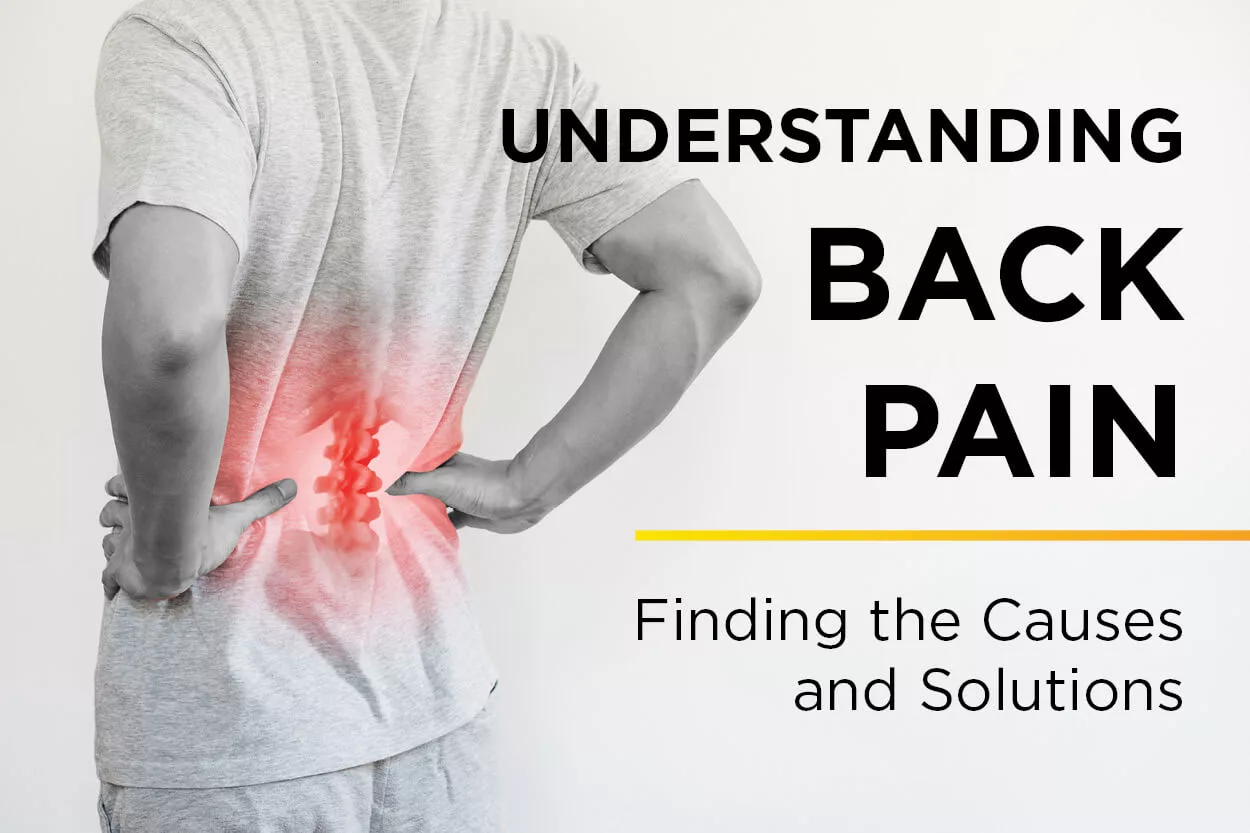
Lower back pain can be caused by a wide range of factors, and it’s one of the most common reasons people seek medical attention. Understanding the various causes of lower back pain is crucial for effective diagnosis and treatment.
Here are some common causes of lower back pain:
- Muscle Strain: Overexertion, lifting heavy objects, sudden movements, or poor posture can lead to muscle strains in the lower back. This is one of the most common causes of acute lower back pain.
- Herniated or Bulging Discs: The discs that cushion the vertebrae in your spine can herniate (protrude) or bulge, putting pressure on nearby nerves. This can lead to pain, often with radiation down the legs, a condition known as sciatica.
- Spinal Stenosis: Spinal stenosis is the narrowing of the spinal canal, which can put pressure on the spinal cord and nerves. This can lead to lower back pain and radiating leg pain.
- Arthritis: Osteoarthritis and other forms of arthritis can affect the spine’s facet joints and lead to chronic lower back pain.
- Scoliosis: Scoliosis is an abnormal curvature of the spine that can cause pain and discomfort, particularly in the lower back.
- Spondylolisthesis: This condition occurs when one vertebra slips over another, causing lower back pain and, in some cases, compression of the spinal nerves.
- Injuries: Trauma from accidents or falls can result in fractures, sprains, or other injuries that lead to lower back pain.
- Infections: Infections of the spine, such as spinal epidural abscess or vertebral osteomyelitis, can cause lower back pain, often accompanied by fever and other symptoms.
- Kidney Stones: In some cases, kidney stones can cause referred pain in the lower back. This pain is often severe and may be accompanied by urinary symptoms.
- Endometriosis: Endometriosis, a condition where tissue similar to the lining of the uterus grows outside the uterus, can cause lower back pain, especially during menstruation.
- Fibromyalgia: Fibromyalgia is a chronic condition characterized by widespread pain, including lower back pain, along with fatigue and tender points in the body.
- Cancer: In rare cases, lower back pain can be a symptom of certain types of cancer that affect the spine or nearby structures.
- Ankylosing Spondylitis: This is a form of arthritis that primarily affects the spine and can lead to lower back pain, stiffness, and reduced mobility.
- Psychological Factors: Stress, anxiety, and depression can contribute to or exacerbate lower back pain. These emotional factors can increase muscle tension and amplify the perception of pain.
- Lifestyle Factors: Sedentary lifestyle, obesity, poor posture, and improper ergonomics at work can contribute to chronic lower back pain.
- Smoking: Smoking is associated with an increased risk of lower back pain and poor outcomes in the case of lower back surgeries.
- Sciatica: Sciatica is caused by irritation or compression of the sciatic nerve, often due to a herniated disc. It leads to pain that radiates down the leg.
- Pregnancy: Lower back pain is common during pregnancy due to changes in the body’s center of gravity and hormonal fluctuations.
It’s important to note that lower back pain can be acute (short-term) or chronic (lasting for 12 weeks or more). The appropriate treatment for lower back pain depends on its cause and duration, and consulting a healthcare professional is advisable to determine the underlying issue and develop a personalized treatment plan.
How Does Lower Back Pain Affect Sleep?

Lower back pain can significantly impact the quality of your sleep. Understanding how lower back pain affects sleep is essential to address the issue effectively. Here are some ways in which lower back pain can disrupt your sleep:
-
Difficulty Finding a Comfortable Position: When you have lower back pain, finding a comfortable sleeping position can be a challenge. Lying down may exacerbate the pain, making it difficult to relax and fall asleep.
- Constant Discomfort: Lower back pain often intensifies at night. The continuous discomfort can cause you to wake up frequently, reducing the amount of deep, restorative sleep you get.
- Tossing and Turning: In an attempt to alleviate the pain, you might find yourself tossing and turning throughout the night. Constant movement can prevent you from entering the deeper stages of sleep, leaving you feeling tired and unrested in the morning.
- Sleep Disturbances: Pain can lead to frequent awakenings, disrupting your sleep cycles. You may spend more time in the lighter stages of sleep, which are less restorative, and less time in the deep, restful stages of sleep.
- Increased Stress and Anxiety: The pain and discomfort associated with lower back pain can lead to increased stress and anxiety, which further hinders your ability to relax and fall asleep.
- Sleep Deprivation: Chronic lower back pain can lead to sleep deprivation. Over time, sleep deprivation can worsen your perception of pain, creating a cycle where pain leads to poor sleep, and poor sleep exacerbates pain.
- Daytime Fatigue: Poor sleep quality caused by lower back pain can result in daytime fatigue, lack of focus, and decreased productivity.
- Mood Disturbances: Chronic pain and poor sleep can lead to mood disturbances, such as irritability and depression. These emotional factors can, in turn, exacerbate the perception of pain.
- Lower Sleep Efficiency: People with lower back pain often have lower sleep efficiency, which means they spend more time in bed without getting the restorative sleep they need.
- Impact on Sleep Apnea: For individuals with both lower back pain and sleep apnea, the pain can exacerbate sleep apnea symptoms, making it harder to breathe during sleep.
It’s essential to recognize that sleep is a crucial factor in the body’s ability to heal and recover. Poor sleep quality can prolong the recovery process from lower back pain, creating a vicious cycle. To address the issue, it’s important to consider strategies such as adjusting your sleep position, investing in a supportive mattress and pillows, using pain management techniques, and consulting with healthcare professionals if necessary to alleviate lower back pain and improve sleep quality.
Finding the Right Sleep Position for Lower Back Pain
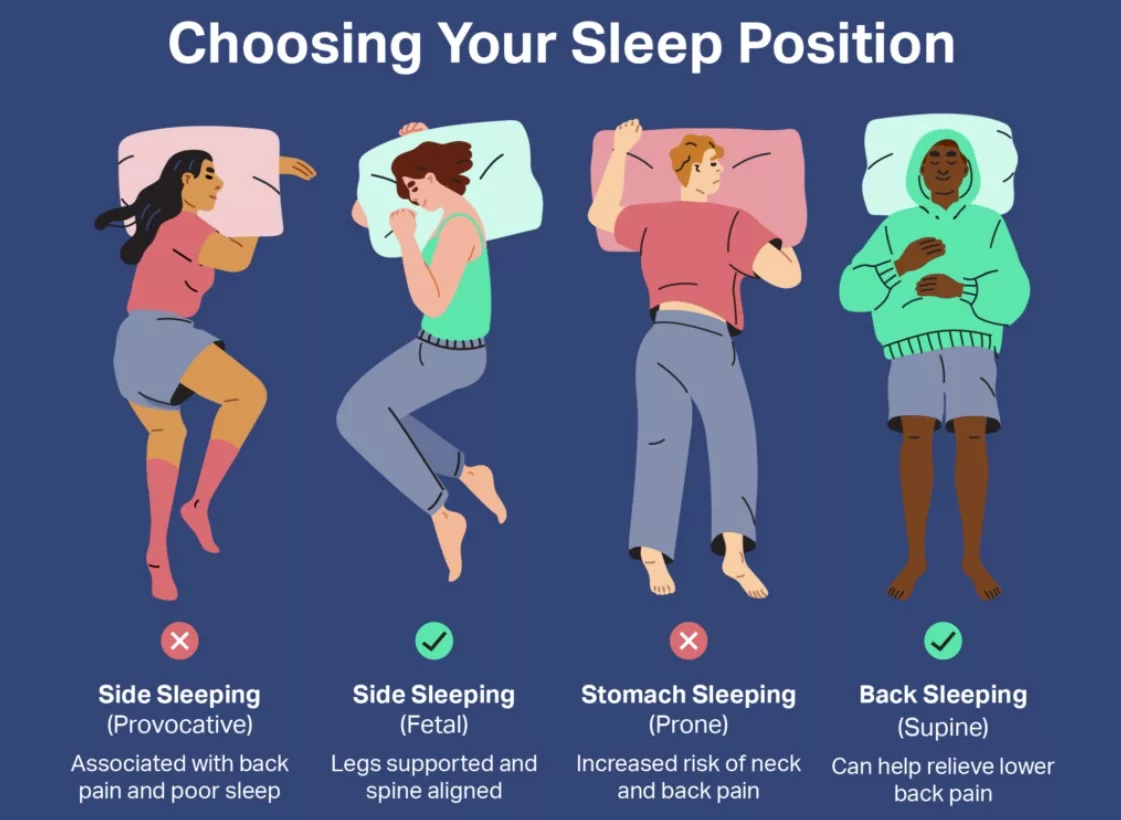
Choosing the correct sleep position is crucial for alleviating lower back pain while maximizing your chances of a good night’s rest.
1. Sleeping on Your Back
Sleeping on your back is generally considered the best position for individuals with lower back pain. This position helps maintain the natural curve of the spine and evenly distributes your body weight. To enhance comfort when sleeping on your back:
- Place a small pillow under your knees to reduce stress on your lower back.
- Use a medium-firm mattress for adequate support.
2. Sleeping on Your Side
If sleeping on your back isn’t comfortable for you, consider sleeping on your side. This position can relieve pressure on your lower back and can be especially helpful for individuals with herniated discs. Tips for side sleeping:
- Place a pillow between your knees to keep your spine aligned.
- Ensure your pillow and mattress provide sufficient support.
3. The Fetal Position
Many people find the fetal position comfortable for managing lower back pain. Curling up with your knees pulled toward your chest can open up the space between your vertebrae, providing relief. To sleep in the fetal position:
- Use a firm pillow to support your head.
- Keep your body loosely curled to avoid putting excess pressure on your neck and spine.
4. Avoid Sleeping on Your Stomach
Sleeping on your stomach is generally discouraged for individuals with lower back pain. It can cause your neck and spine to be out of alignment and lead to increased discomfort. If you prefer this position, place a pillow under your pelvis to alleviate some of the stress on your lower back.
Choosing the Right Mattress and Pillows for Lower Back Pain
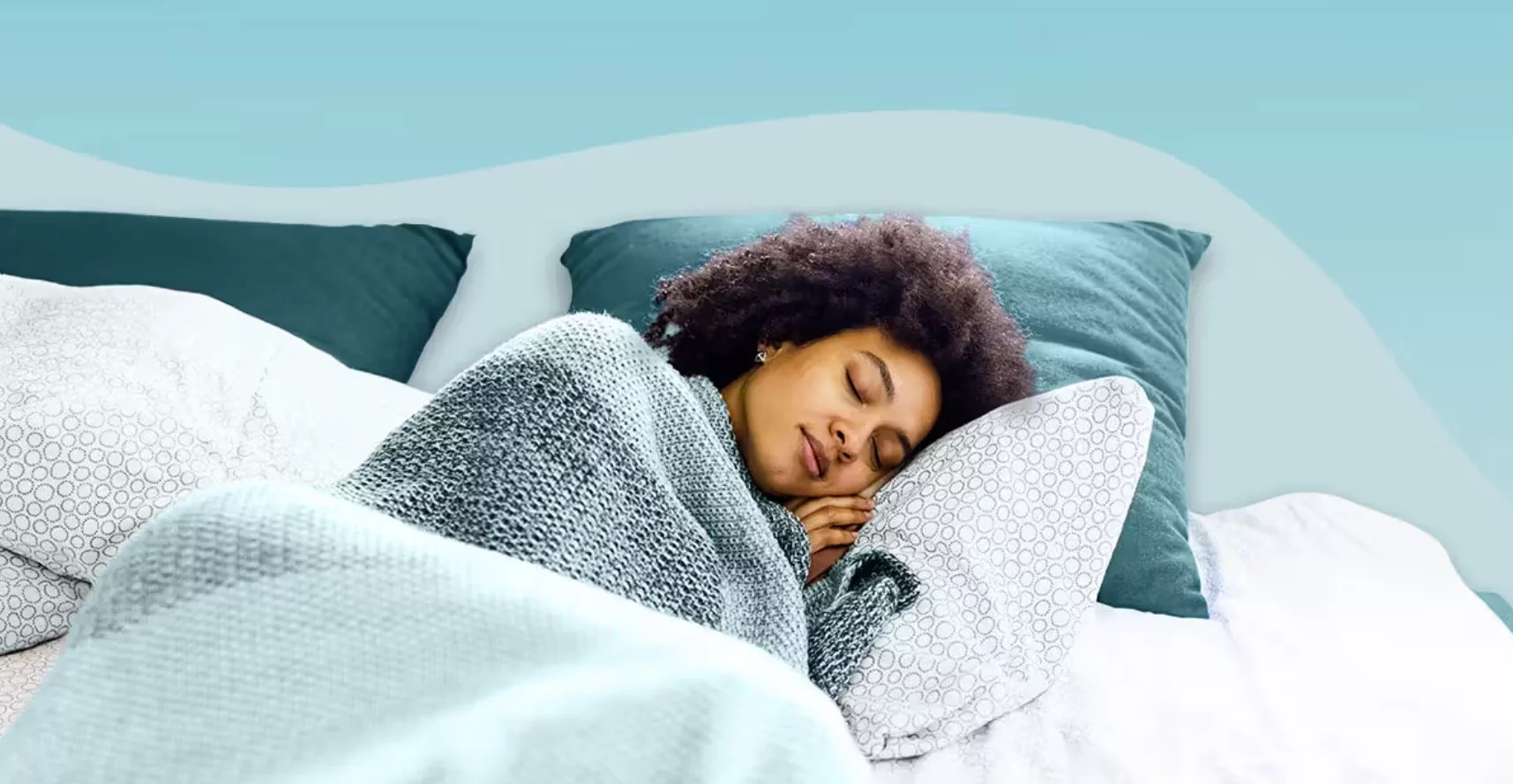
Your mattress and pillows play a significant role in your ability to sleep comfortably with lower back pain.
1. Mattress Selection
Choosing the right mattress can make a world of difference in managing lower back pain. Consider the following factors when shopping for a mattress:
- Firmness: A medium-firm mattress is often the best choice as it provides support while contouring to your body’s natural curves.
- Material: Memory foam and latex mattresses are known for their ability to relieve pressure points and provide proper spinal alignment.
- Trial Period: Look for mattresses with a trial period, allowing you to test the mattress at home before committing.
2. Pillow Selection
Selecting the right pillow is equally important. Your choice of pillow can affect your neck and back alignment. Here’s what to keep in mind:
- Pillow height: The pillow should keep your head in a neutral position, not too high or too low.
- Material: Memory foam and latex pillows are excellent options for supporting your neck and head.
- Body pillows: If you prefer sleeping on your side, a body pillow can provide added support for your back and legs.
Supporting Your Sleep Environment for Lower Back Pain

Creating a conducive sleep environment is essential for those dealing with lower back pain. Simple changes in your bedroom can lead to better sleep quality.
1. Temperature Control
Maintain a comfortable room temperature. A cooler room (around 65°F or 18°C) is generally more conducive to sleep. Use breathable, moisture-wicking bedding to prevent overheating.
2. Blackout Curtains
Invest in blackout curtains to eliminate unwanted light that can disturb your sleep. Complete darkness can help you relax and fall asleep faster.
3. White Noise or Sound Machine
A white noise machine or app can help mask disruptive sounds and create a more peaceful sleeping environment.
4. Regular Sleep Schedule
Establish a consistent sleep schedule by going to bed and waking up at the same times each day. A regular sleep routine helps regulate your body’s internal clock.
5. Sleep Hygiene
Maintain good sleep hygiene by avoiding caffeine and heavy meals close to bedtime, as well as limiting screen time before sleep.
Stretching and Exercise for Lower Back Pain

Incorporating stretching and exercise into your daily routine can help alleviate lower back pain and improve your sleep quality.
1. Stretching
Gentle stretching exercises can relieve tension and promote flexibility in your lower back. Consider incorporating the following stretches into your daily routine:
- Cat-Cow Stretch: A yoga-inspired stretch that involves arching and rounding your back.
- Child’s Pose: A restful yoga position that can provide relief for your lower back.
- Knee-to-Chest Stretch: Gently pulling your knees to your chest can stretch your lower back muscles.
2. Low-Impact Exercises
Low-impact exercises, such as swimming, walking, or cycling, can help strengthen your core and back muscles, improving your overall spinal health.
3. Yoga and Pilates
Yoga and Pilates are excellent for enhancing flexibility and strength in your back, which can lead to better pain management and improved sleep.
Pain Management Techniques for Lower Back Pain

When lower back pain persists and interferes with your sleep, it may be necessary to incorporate pain management techniques.
1. Over-the-Counter Medications
Over-the-counter pain relievers, such as ibuprofen or acetaminophen, can be used to manage pain. However, it’s essential to consult a healthcare professional before prolonged use.
2. Hot and Cold Therapy
Applying heat or cold packs to your lower back can help alleviate pain and reduce inflammation. Experiment with both to determine which works best for you.
3. Massage
Regular massages can help relieve muscle tension and promote relaxation. Consider seeing a professional masseuse or using a massage chair or foam roller.
4. Physical Therapy
If your lower back pain is chronic and severe, physical therapy may be recommended to address the underlying issues and improve your sleep quality.
When to Seek Professional Help?
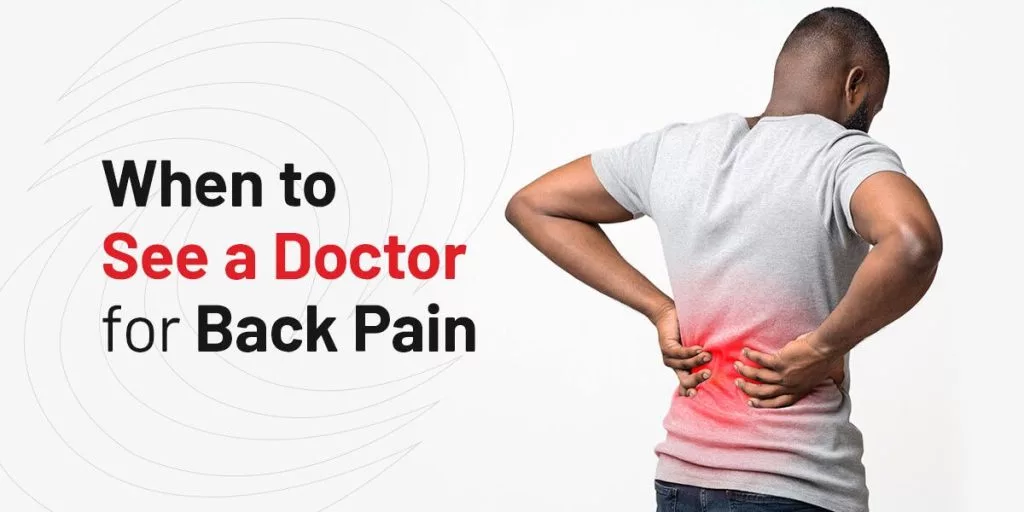
While these tips can provide significant relief for many individuals, there are situations where professional help is necessary. If your lower back pain is severe, persistent, or accompanied by additional concerning symptoms, consult a healthcare professional. They can offer a more comprehensive evaluation and recommend appropriate treatments, including physical therapy, prescription medications, or even surgical interventions in severe cases.
Conclusion: How to Sleep with Lower Back Pain?
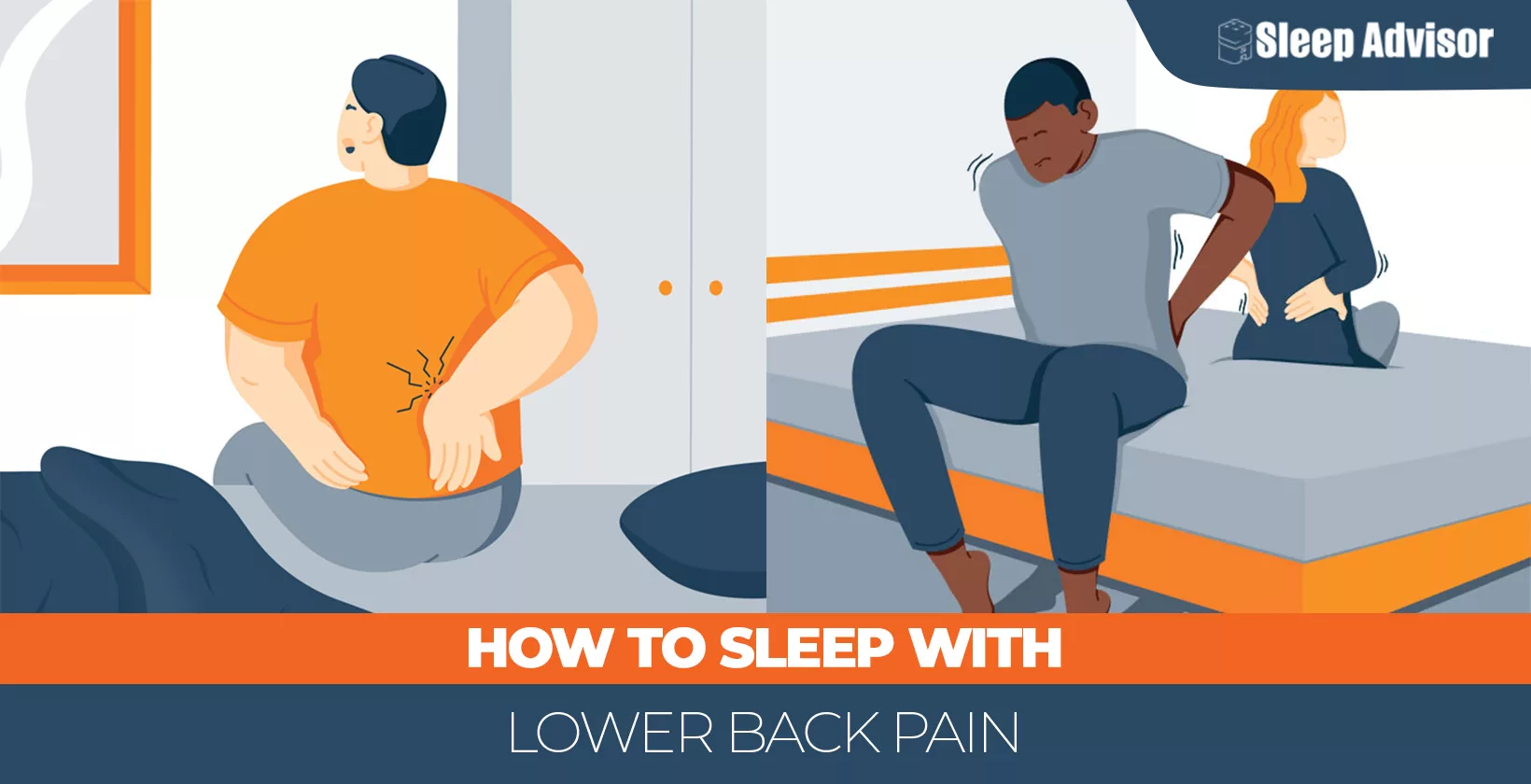
Lower back pain can be a challenging obstacle to a good night’s sleep, but with the right strategies, it’s possible to find relief and improve your sleep quality. Experiment with different sleep positions, invest in a supportive mattress and pillows, create an optimal sleep environment, and incorporate stretching and exercise into your daily routine. Additionally, explore pain management techniques to alleviate discomfort when needed. By taking a holistic approach to sleep and lower back pain management, you can look forward to more restful nights and pain-free days.
Don’t Let Pain Dictate Your Life. Schedule A Consultation Today.
Call 844-589-7246
Looking for a best back pain chiropractor near me in Dallas, TX? Longhorn Injury provides chiropractic adjustment for back, neck & sciatic pain relief. Moreover, we provide consultation, diagnostic and therapeutic services for patients suffering from a variety of acute and chronic pain conditions.
Contact us for Best Chiropractors in Dallas, Texas for an Appointment Today.
Longhorn Injury is your Chiropractor in Dallas, TX.
How do you sleep to relieve lower back pain?
If you sleep on your side, draw your legs up slightly toward your chest and put a pillow between your legs. Flexing your knees and having a pillow between your legs can help align your spine, pelvis and hips. This position takes pressure off your spine. Use a full-length body pillow if you prefer.
What position is best for lower back pain?
Keeping hips and knees at a 90-degree angle and using back support may help alleviate lower back pain. It is best to avoid slumped positions and sitting cross-legged for long periods. A person may be able to alleviate lower back pain by having good posture while sitting.
Should I rest in bed if I have lower back pain?
Lying down longer than a day or two day isn't helpful for relieving back pain. People can recover more quickly without any bed rest. The sooner you start moving, even a little bit, or return to activities such as walking, the faster you are likely to improve. Long bed rest can lead to slower recovery.
Why is lower back so painful?
A common cause of back pain is an injury like a pulled muscle (strain). Sometimes, medical conditions like a slipped disc, sciatica (a trapped nerve) or ankylosing spondylitis can cause back pain. Very rarely, back pain can be a sign of a serious problem such as a broken bone, cancer or an infection.
Does walking help lower back pain?
When your back hurts, your first thought might not be to get up from your comfy couch, lace up your sneakers, and head out for a walk. But maybe it should be. Walking is one of the best things you can do for your back, both to help relieve a current flare-up and prevent future pain episodes.
